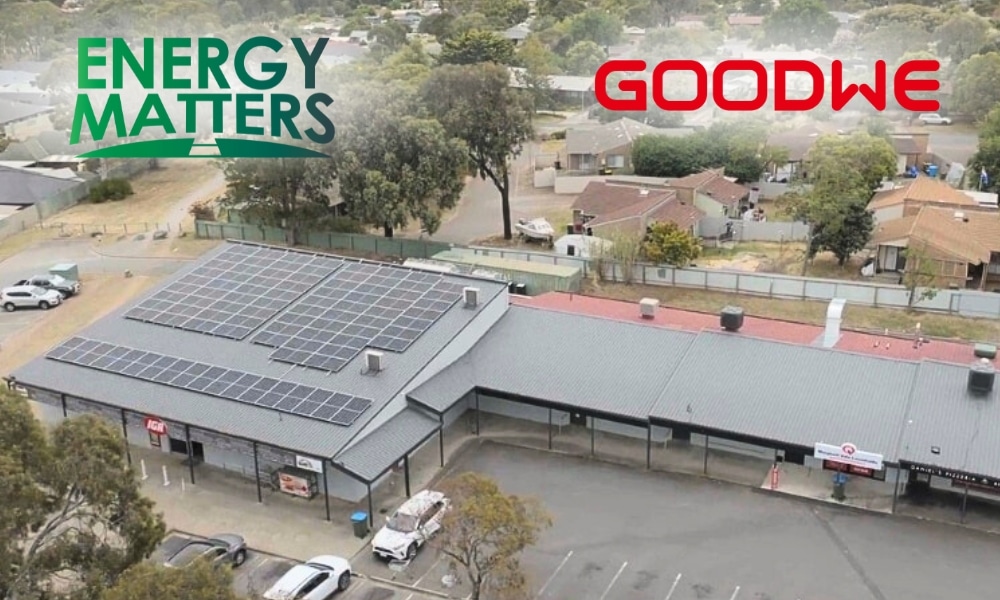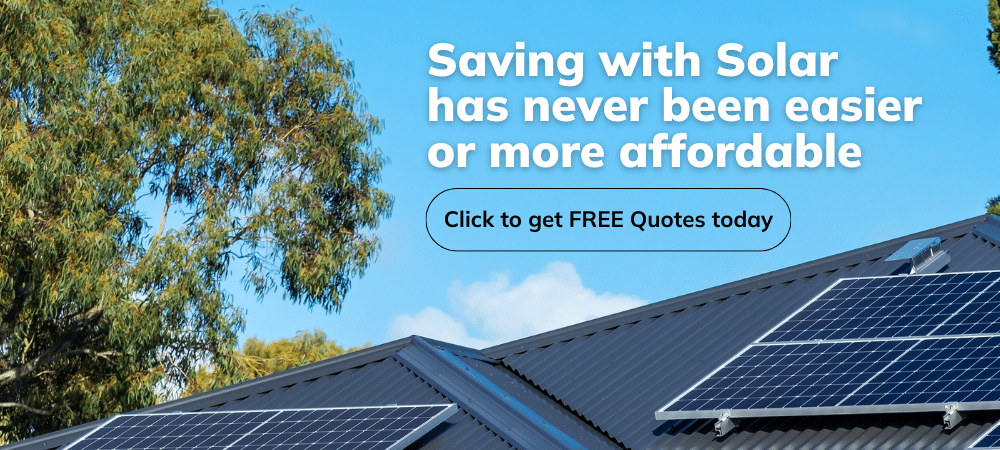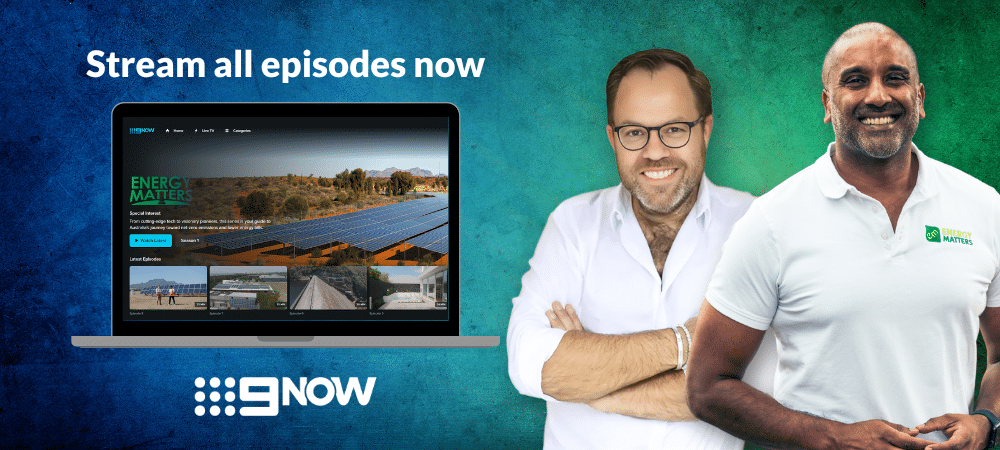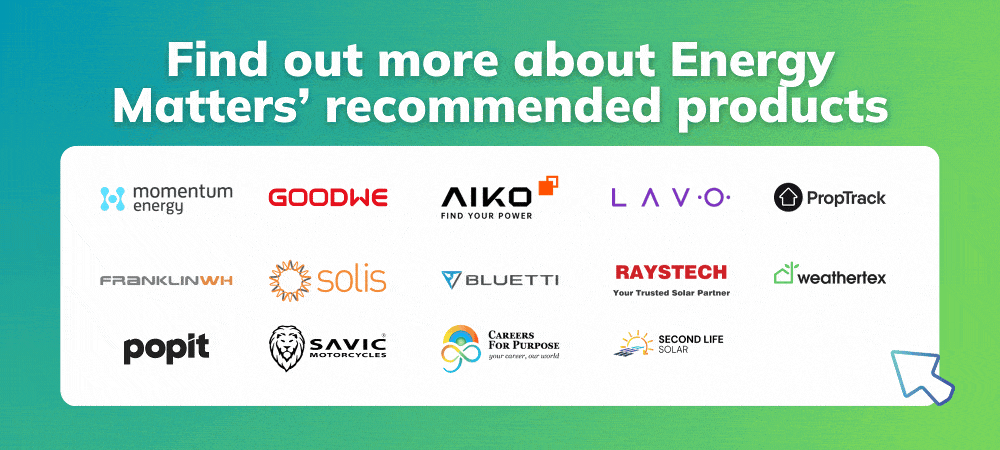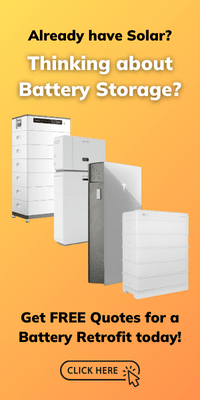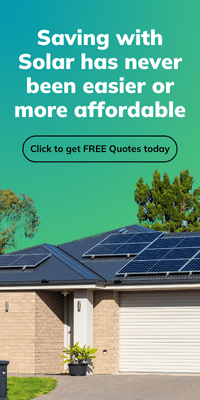As Australia rapidly transitions to clean power, renewable energy grid integration faces real-world complications. From solar grid challenges to outdated infrastructure, adapting to the energy of the future isn’t always straightforward.
Let us delve into and explore obstacles, innovations, and real-life solutions, like Energy Matters Episode 7, where IGA Morphett Vale slashed its energy bills using a GoodWe inverter and battery storage system.
Why renewable energy grid integration in Australia is a hot topic
Australia leads the world in rooftop solar installations per capita. However, this surge creates new demands on infrastructure not initially designed for decentralised, two-way energy flow. The traditional grid, built around large-scale coal and gas power stations, wasn’t engineered to handle fluctuating inputs from homes and businesses with solar panels.
As renewable penetration increases, issues like voltage instability, reverse power flow, and load balancing become more pronounced. The need for intelligent energy systems and storage solutions is more critical than ever.
Key solar grid challenges hindering integration
Here are the main solar grid challenges Australia faces as it integrates renewable sources into the existing electricity network:
- Intermittency of renewables
- Solar and wind are weather-dependent, causing an inconsistent energy supply.
- This unpredictability can destabilise grid frequency and voltage.
- Infrastructure limitations
- Old grid frameworks weren’t designed for decentralised power sources.
- Upgrades are costly and require coordinated federal and state strategies.
- Over-voltage issues
- High solar exports in residential areas can lead to over-voltage conditions.
- This may trip inverters and disconnect solar systems from the grid.
- Policy and regulatory gaps
- Inconsistent rules across jurisdictions hinder effective integration.
- Grid connection approvals can be slow or restrictive.
- Lack of storage
- Grid-scale and household-level storage adoption is still catching up.
- Excess energy, like solar battery storage systems, goes to waste without sufficient storage.
Use Energy Matters’ easy-to-use solar power and battery storage calculator to determine the size of your solar system with storage! Our solar calculator will generate performance information and potential savings.
We can send this information to 3 of our pre-vetted and trusted local installers in your area to receive obligation-free solar quotes.

Energy Matters Episode 7: A real-world integration success story
Energy Matters Episode 7 showcases a tangible solution to some of these solar grid challenges in Australia.
The episode highlights how IGA Morphett Vale in South Australia significantly reduced energy bills by implementing a smart energy system featuring a GoodWe inverter and battery storage.
- IGA installed a GoodWe GW29.9k-ET Hybrid Inverter and Lynx FG2 batteries to manage their energy production and storage.
- The hybrid inverter smartly prioritises solar self-consumption while supplying power to critical systems.
- The solar battery storage allows for nighttime energy use and reduces reliance on the grid during peak demand.
By implementing these technologies, the business now avoids demand charges and significantly reduces energy bills, without compromising performance.
The role of hybrid inverters and storage in solving grid challenges
Smart technologies like hybrid inverters and solar batteries are vital tools in navigating solar grid challenges:
Hybrid inverters like GoodWe GW29.9k-ET
- Allow simultaneous solar energy use, grid interaction, and battery charging.
- Help manage loads, shifting usage away from grid dependency.
- Improve voltage regulation and frequency support on local grids.
Lynx FG2 Battery Storage
- Offers modular expansion for tailored energy solutions.
- Enables peak shaving and backup during outages.
- Enhances grid stability by absorbing excess solar production.
These solutions are essential in transforming the energy landscape, offering flexibility, resilience, and cost-effectiveness.
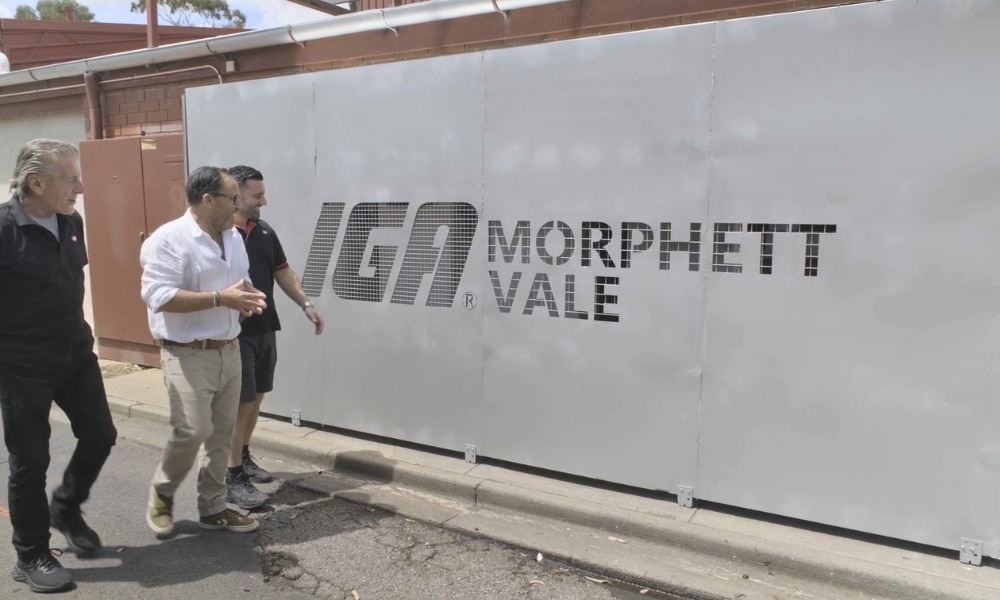
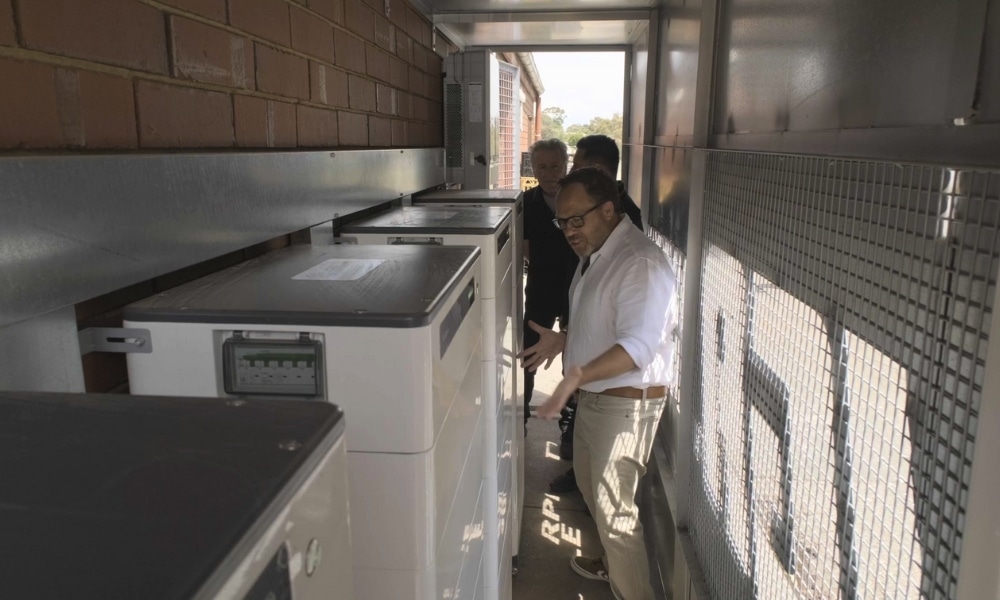
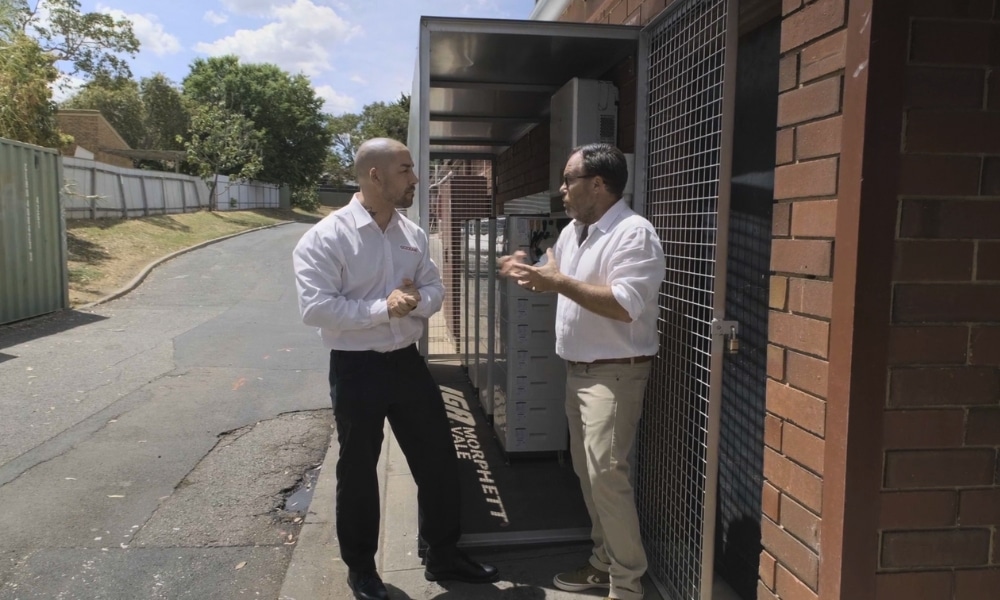
How grid operators are adapting to renewable energy grid integration in Australia
Authorities and energy providers are taking proactive steps to address solar grid challenges:
- Dynamic export limits: Grid operators like SA Power Networks are trialling dynamic solar export limits to manage overloads.
- VPP: Virtual Power Plants (VPPs) offer and combine thousands of small-scale solar and battery systems into a single entity that supports the grid.
- Advanced inverter standards: Mandating capabilities like volt-watt and volt-var responses for new solar systems.
These changes are helping the grid handle more distributed generation while maintaining stability and reliability.
Opportunities in overcoming solar grid challenges
Despite the hurdles, the integration of renewables into the grid presents many benefits:
- Energy independence: Homes and businesses can become less reliant on centralised power.
- Decarbonisation: Transitioning to renewables helps meet Australia’s climate goals.
- Cost savings: With smart integration, users save on power bills through self-consumption and feed-in tariffs.
And with intelligent solutions like those featured in Energy Matters Episode 7, the roadmap to cleaner energy becomes clearer.
Practical solutions for better renewable energy grid integration in Australia
Here’s how individuals and businesses can aid the energy transition:
- Join Virtual Power Plants (VPPs) to support grid services.
- Monitor energy usage and shift loads to align with solar generation.
- Ensure solar systems comply with evolving grid standards.
- Support policy changes that encourage smarter grid infrastructure.
- Install hybrid inverters and compatible solar battery storage systems.
Your next step with Energy Matters
The journey towards a fully renewable energy-powered future requires overcoming significant hurdles in integrating renewable energy grids. By embracing technological innovation, strategic investments, and forward-thinking policies, Australia and the world can navigate these solar grid challenges and unlock the immense potential of clean energy sources.
Ready to upgrade your solar systems and take your energy savings to the next level? Embrace the energy efficiency revolution by upgrading your solar systems and adding a battery or solar inverters with Energy Matters.









